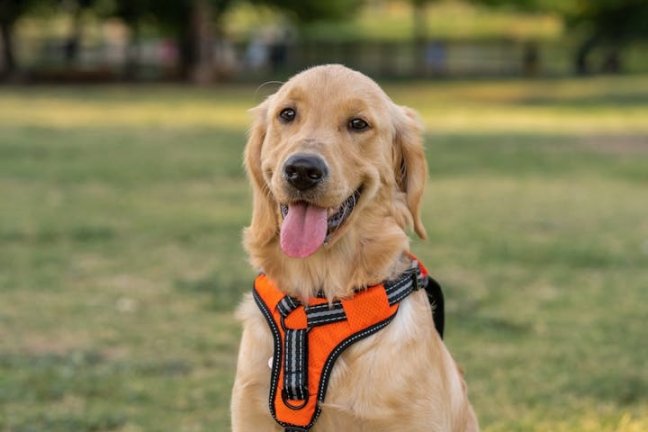It’s every dog owner’s nightmare — one moment you’re walking your pup, and the next, they’ve wriggled out of their harness and taken off. Whether it happens during a walk, at the vet, or in a busy park, a loose dog can quickly become a stressful — and dangerous — situation. The good news? This is often preventable with a few key changes to your setup and routine. The most effective step you can take is to get the best-fit dog harness online that’s specifically designed for your dog’s size, shape, and behaviour.

Table of Contents
Why Dogs Slip Their Harness
Before you can fix the problem, it helps to understand why it’s happening in the first place. Dogs escape harnesses for several common reasons:
- The harness doesn’t fit properly: If it’s too loose, your dog can back out of it with surprising ease.
- The design isn’t secure enough: Not all harnesses are created equal. Some styles are better suited to calm walkers than strong pullers or anxious dogs.
- Your dog is nervous or reactive: Fearful dogs are more likely to pull away or lunge unpredictably, increasing the risk of slipping free.
- Poor leash handling: Inconsistent tension or not paying attention can create slack your dog takes advantage of.
Luckily, each of these has a straightforward solution — and it starts with choosing the right equipment.
Choosing the Right Harness
A good harness should fit snugly without being too tight, allow for full movement, and stay secure no matter how your dog twists, pulls, or wriggles. If your dog has slipped out of their harness before, avoid step-in styles and thin straps, which are easier to escape. Instead, look for escape-proof or three-strap harnesses with additional points of contact around the body.
A few features to consider:
- Adjustability: Look for multiple adjustment points around the chest and neck.
- Secure fastenings: Strong buckles and reinforced stitching matter, especially for strong or reactive dogs.
- Body coverage: A longer harness with a belly strap helps prevent backing out.
- Front-clip option: This can reduce pulling and give you better directional control.
When you get the right harness and fit it correctly, you drastically reduce the chances of another escape.
How to Fit a Harness Properly
Even the best harness won’t help if it’s worn too loosely. A proper fit means:
- You can fit two fingers between the harness and your dog’s body — no more, no less.
- The harness sits high on the chest, not down near the belly or shoulders.
- The belly strap (if it has one) should rest behind the ribcage, not too far forward.
Always adjust the harness with your dog standing, and test it by gently tugging to see if it slips over the head or shoulders.
What to Do If Your Dog Slips Out Mid-Walk
If your dog gets loose, resist the urge to chase — most dogs will instinctively run if they feel followed. Instead:
- Stay calm and call them in a cheerful, high-pitched voice.
- Run the other way — many dogs will follow out of curiosity.
- Carry treats or a favourite toy and use it to get their attention.
- Ask nearby people to help block off exits or guide your dog safely.
Once they’re back, reward them generously, and check their harness immediately.
Extra Safety Measures
If your dog is a known escape artist or easily spooked, consider adding these safety precautions:
- Double leash: Clip one lead to the harness and another to a backup collar.
- Martingale collar: A no-slip collar that gently tightens if your dog tries to back out.
- Training lead: Long leads give your dog freedom without risking a full escape.
These aren’t permanent fixes but can help during training or while you build confidence in your new gear.
Build Confidence with Training
Sometimes, slipping the harness is a symptom of deeper anxiety or a lack of leash manners. Help your dog by working on:
- Loose leash walking
- Focus cues like “watch me”
- Recall training
- Gradual desensitisation to triggers (like loud noises or other dogs)
This makes walks less stressful — for both of you — and reduces the likelihood of a sudden bolt.
When your dog slips out of their harness, it’s more than just frustrating — it’s a safety risk. But with the right tools, fit, and training, you can walk with confidence again. Investing the time to understand your dog’s behaviour, and choosing a well-designed, secure harness, means fewer surprises and more enjoyable walks for everyone.




